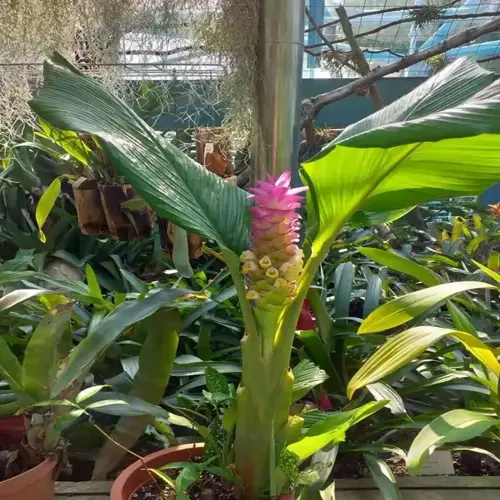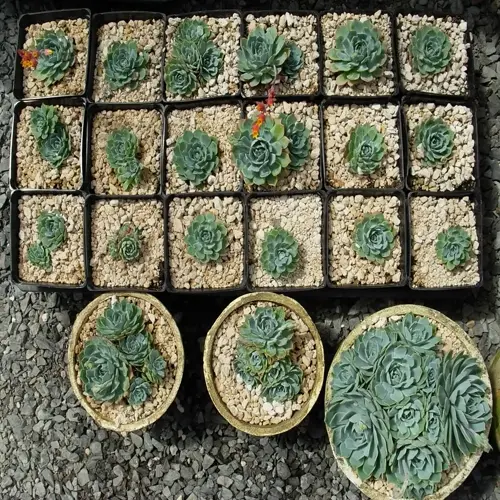What are signs a plant needs repotting?

Written by
Michael Sullivan
Reviewed by
Prof. Charles Hartman, Ph.D.Plants can communicate their need for repotting; they will send visible distress signals. Experienced gardeners can usually recognize these *critical signals* before permanent damage occurs. My eyes were typically drawn to yellowing leaves on overcrowded plants, mainly. You protect your plants by seeing these signs and taking action when necessary.
Root Visibility
- Roots emerging through drainage holes indicate severe confinement
- Circular root patterns at soil surface show restricted growth
- Requires immediate repotting to prevent strangulation
Water Drainage
- Fast-draining soil means insufficient soil volume for retention
- Occurs when roots occupy over 80% of container space
- Leads to frequent dehydration stress between waterings
Physical Instability
- Top-heavy plants tipping over signal disproportionate growth
- Indicates root systems can't support above-ground biomass
- Needs larger base container for proper anchoring
Growth Abnormalities
- Persistent yellowing leaves despite proper care
- Stunted growth even during peak growing seasons
- Shows nutrient depletion in exhausted soil
Soil moisture patterns indicate that repotting is urgent. If it dries out at an unusual rate, there can be an over-reliance on the container. I know this first hand: my peace lily had a complete wilting every day in spite of watering frequently. You can correct moisture balance by increasing the volume of soil in a repot. A timely intervention can prevent chronic dehydration stress.
By combining different observation techniques, the appropriate diagnostic capacity can be achieved. Slide plants gently out of pots every six months so as to check on root development. I had a rubber plant that showed no signs of concern on the surface but was in a severe state of root-bound internal development. You can uncover hidden areas by proactively checking the roots. Healthy, white roots should fill but not overtake their containers.
The timing of seasonal cues maximizes success with repotting. Address pressing issues promptly, but defer attention to others until early spring. I did this with a root-bound monstera; I repotted it at the moment of entering the growth cycle (which is also its strong point). You're pairing plant vitality with seasonal timing for optimized recovery. Timing also reduces stress and increases recovery speed in a new pot.
Read the full article: How to Repot Plants: 10 Essential Steps

